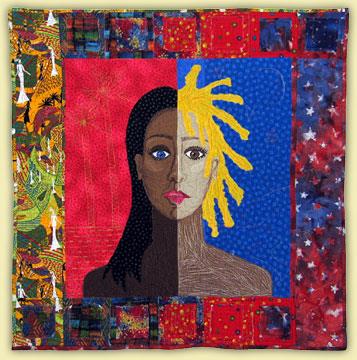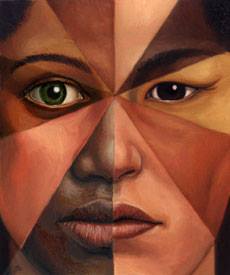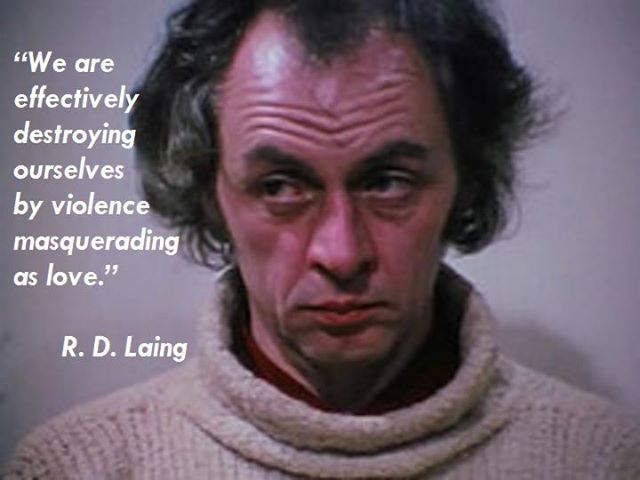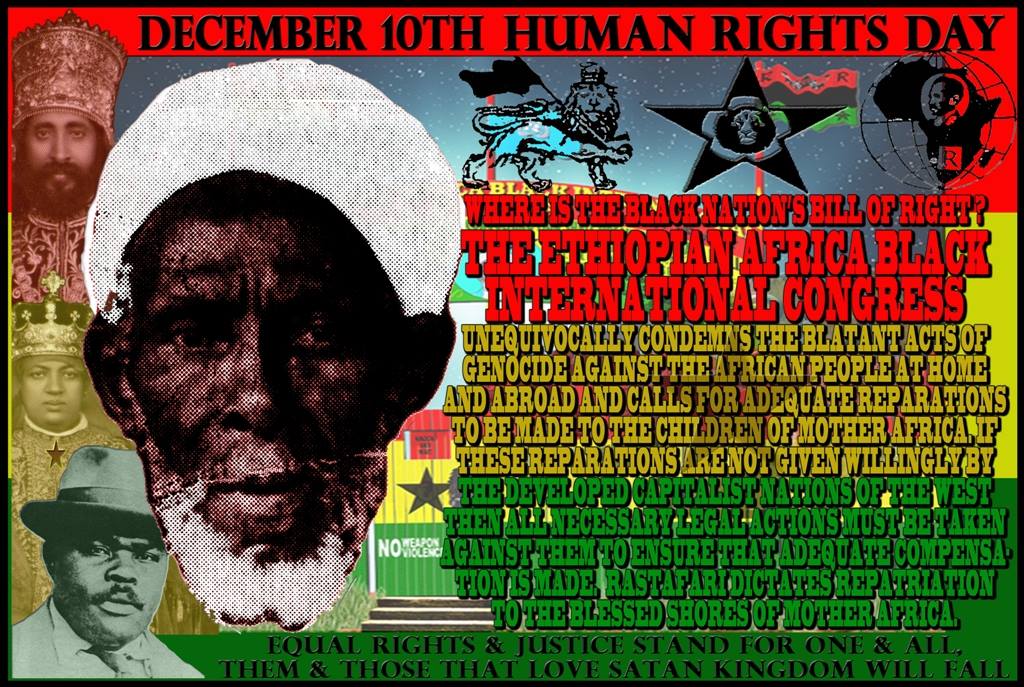Blog
Forrest Richard Betts (December 12, 1943 – April 18, 2024 West Palm Beach, FL) was an American guitarist, singer, and songwriter. He was best known as a longtime member of the Allman Brothers Band. A co-founder of the band when it formed in 1969, he was central to the group’s greatest commercial success in the mid-1970s, and was the writer and vocalist on the Allmans’ hit single “Ramblin’ Man“. The Allman Brothers Band broke up and re-formed twice, always with Betts in the lineup, until he left the band in 2000.
Starting in 1974, Betts also fronted his own bands, performing concerts and recording records. He released albums as Dickey Betts and Great Southern, the Dickey Betts Band, and under his own name.
more...
Emmanuel N’Djoké “Manu” Dibango (12 December 1933 – 24 March 2020) was a Cameroonianmusician and songwriter who played saxophone and vibraphone. He developed a musical style fusing jazz, funk, and traditional Cameroonian music. His father was a member of the Yabassi ethnic group, while his mother was a Duala. He was best known for his 1972 single “Soul Makossa“. The song has been referred to as the most sampled African song in addition Dibango, himself, as the most sampled African musician in history. He died from COVID-19 on 24 March 2020.
more...Anthony Tillmon Williams (December 12, 1945 – February 23, 1997) was an American jazz drummer. Williams first gained fame as a member of Miles Davis‘ “Second Great Quintet“, and later pioneered jazz fusion with Davis’ group and his own combo, the Tony Williams Lifetime. In 1970, music critic Robert Christgau described him as “probably the best drummer in the world.” Williams was inducted into the Modern Drummer Hall of Fame in 1986 and the Percussive Arts Society Hall of Fame in 1997.
Williams was born in Chicago, Illinois, and grew up in Boston, Massachusetts. He was of African, Portuguese, and Chinese descent. He studied with drummer Alan Dawson at the age of 11, and began playing professionally at the age of 13 with saxophonist Sam Rivers. Saxophonist Jackie McLean hired Williams when he was 16.
At 17, Williams gained attention by joining Miles Davis in what was later dubbed Davis’s Second Great Quintet. Williams was a vital element of the group, called by Davis in his autobiography “the center that the group’s sound revolved around.” His playing helped redefine the role of the jazz rhythm section through the use of polyrhythms and metric modulation. Meanwhile, he recorded his first two albums as a leader for the Blue Note label, Life Time (1964) and Spring (1965). He also recorded as a sideman for the label including the classics Out to Lunch! with Eric Dolphy and Point of Departure with Andrew Hill, both in 1964.
In 1969 Williams formed the Tony Williams Lifetime, with John McLaughlin on guitar and Larry Young on organ. Lifetime was a pioneering band of the fusion movement.
more...Toshiko Akiyoshi (秋吉敏子 or 穐吉敏子, Akiyoshi Toshiko, born 12 December 1929) is an American jazz pianist, composer, arranger, and bandleader.
Akiyoshi received fourteen Grammy Award nominations and was the first woman to win Best Arranger and Composer awards in Down Beat magazine’s annual Readers’ Poll. In 1984, she was the subject of the documentary Jazz Is My Native Language. In 1996, she published her autobiography, Life with Jazz, and in 2007 she was named an NEA Jazz Master by the U.S. National Endowment for the Arts.
more...Michael “Dodo” Marmarosa (December 12, 1925 – September 17, 2002) was an American jazz pianist, composer, and arranger.
Originating in Pittsburgh, Pennsylvania, Marmarosa became a professional musician in his mid-teens, and toured with several major big bands, including those led by Tommy Dorsey, Gene Krupa, and Artie Shawinto the mid-1940s. He moved to Los Angeles in 1945, where he became increasingly interested and involved in the emerging bebop scene. During his time on the West Coast, he recorded in small groups with leading bebop and swing musicians, including Howard McGhee, Charlie Parker, and Lester Young, as well as leading his own bands.
Marmarosa returned to Pittsburgh for health reasons in 1948. He began performing much less frequently, and had a presence only locally for around a decade. Friends and fellow musicians had commented from an early stage that Marmarosa was an unusual character. His mental stability was probably affected by being beaten into a coma when in his teens, by a short-lived marriage followed by permanent separation from his children, and by a traumatic period in the army. He made comeback recordings in the early 1960s, but soon retreated to Pittsburgh, where he played occasionally into the early 1970s. From then until his death three decades later, he lived with family and in veterans’ hospitals.
more...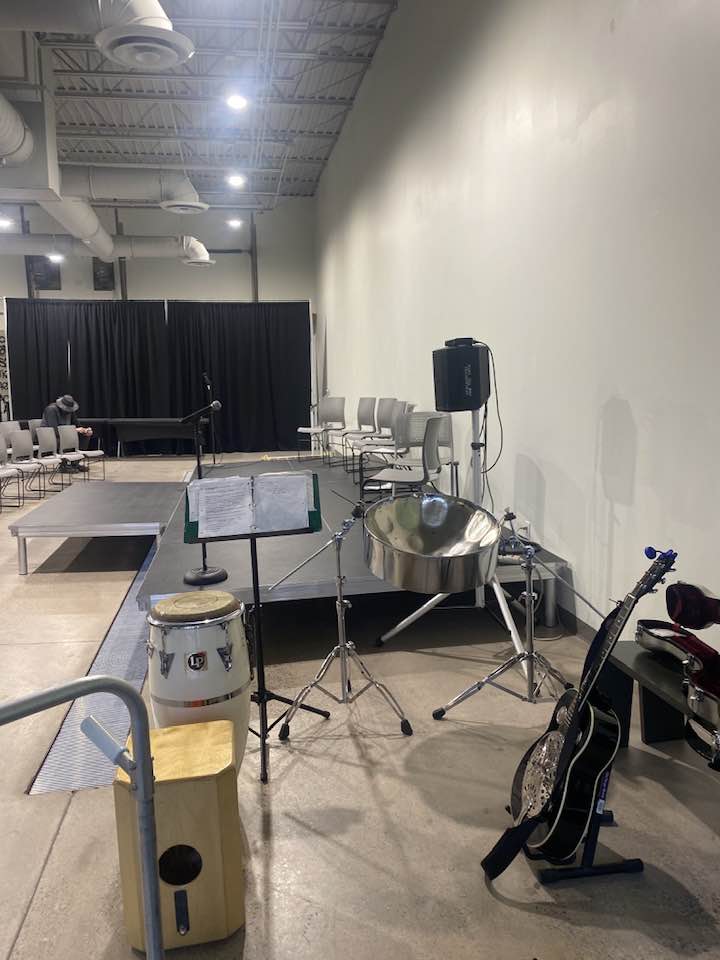

Centaurus A, cataloged as NGC 5128, which is only 12 million light-years distant. Forged in a collision of two otherwise normal galaxies, Centaurus A shows several distinctive features including a dark dust lane across its center, outer shells of stars and gas, and jets of particles shooting out from a supermassive black hole at its center. The featured image captures all of these in a composite series of visible light images totaling over 310 hours captured over the past 10 years with a homebuilt telescope operating in Auckland, New Zealand. The brightness of Cen A’s center from low-energy radio waves to high-energy gamma rays underlies its designation as an active galaxy.
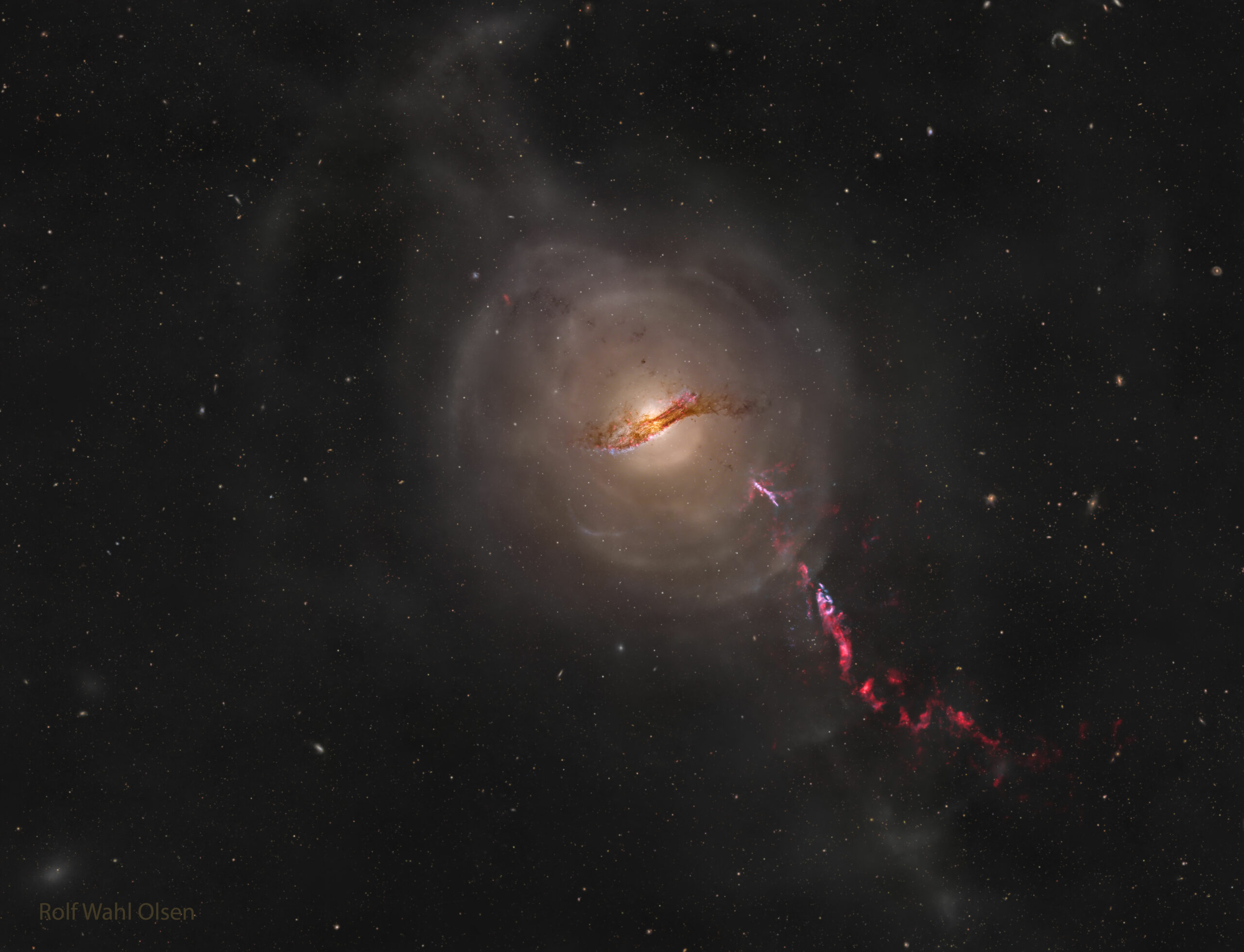
more...
Alfred McCoy Tyner (December 11, 1938 – March 6, 2020 Philadelphia, PA) was an American jazz pianist and composer known for his work with the John Coltrane Quartet from 1960 to 1965, and his long solo career afterwards. He was an NEA Jazz Master and five-time Grammy Award winner. Tyner has been widely imitated, and is one of the most recognizable and influential jazz pianists of all time.
Tyner played professionally in Philadelphia, becoming part of its modern jazz scene.In 1960, he joined The Jazztet led by Benny Golson and Art Farmer. Six months later, he joined the John Coltrane quartet, which included drummer Elvin Jones and bassist Steven Davis. He worked with the band during its extended run at the Jazz Gallery, replacing Steve Kuhn. Coltrane had known Tyner for a while growing up in Philadelphia, and recorded Tyner’s composition “The Believer” on January 10, 1958, which later became the title track of Prestige Records’ 1964 issued album under Coltrane’s name.
The band toured almost non-stop between 1961 and 1965, recording many albums widely considered jazz classics including My Favorite Things (1961) for Atlantic Records and Coltrane “Live” at the Village Vanguard (1962), Ballads (1963), John Coltrane and Johnny Hartman (1963), Live at Birdland (1964), Crescent (1964), A Love Supreme (1964), and The John Coltrane Quartet Plays (1965), for Impulse! Records.
While in Coltrane’s group, Tyner recorded albums in a piano trio. In late 1962
and the first half of 1963, Tyner was asked by producer Bob Thiele to record more straightforward jazz albums as a leader. These included Reaching Fourth (1963), Today and Tomorrow (1964), and McCoy Tyner Plays Ellington (1965).
In a 2017 review, Marc Myers of JazzWax said “…the finest of these straightforward piano recordings was Nights of Ballads & Blues. Tyner’s playing is exciting and exceptional on all of the tracks… On the album, he exhibits a reserved elegance and tenderness that reveals the other side of his personality—a lover of melody and standards. In this regard, there are traces of Oscar Peterson in his playing. Perhaps Thiele was using Tyner to take a bite out of Peterson’s vast and successful early-’60s share of the jazz market.”
more...Willie Mae “Big Mama” Thornton (December 11, 1926 – July 25, 1984), was an American singer and songwriter of blues and R&B.
The Encyclopedia of Pop, Rock and Soul described Thornton saying “Her booming voice, sometimes 200-pound frame, and exuberant stage manner had audiences stomping their feet and shouting encouragement in R&B theaters from coast to coast from the early 1950s on”.
Thornton was the first to record Leiber and Stoller‘s “Hound Dog“, in 1952, which was written for her. It became Thornton’s biggest hit, selling over 500,000 copies and staying seven weeks at number one on the Billboard R&B chart in 1953. According to New York University music professor Maureen Mahon, “the song is seen as an important beginning of rock-and-roll, especially in its use of the guitar as the key instrument”.
Thornton’s other recordings include her song “Ball and Chain“, made famous in the late 1960s by Janis Joplin. Though later recordings of her songs by other artists sold millions of copies, she was denied royalties by not holding the publishing copyrights to her creativity. Thornton died of a heart attack and liver disorders, penniless in a boarding-house in Los Angeles, California, and was buried in a shared pauper’s grave. In 2024, Thornton was posthumously inducted into the Rock and Roll Hall of Fame in the musical influence category.
more...Louis-Hector Berlioz (11 December 1803 – 8 March 1869) was a French Romantic composer and conductor. His output includes orchestral works such as the Symphonie fantastique and Harold in Italy, choral pieces including the Requiem and L’Enfance du Christ, his three operas Benvenuto Cellini, Les Troyens and Béatrice et Bénédict, and works of hybrid genres such as the “dramatic symphony” Roméo et Juliette and the “dramatic legend” La Damnation de Faust.
The elder son of a provincial physician, Berlioz was expected to follow his father into medicine, and he attended a Parisian medical college before defying his family by taking up music as a profession. His independence of mind and refusal to follow traditional rules and formulas put him at odds with the conservative musical establishment of Paris. He briefly moderated his style sufficiently to win France’s premier music prize – the Prix de Rome – in 1830, but he learned little from the academics of the Paris Conservatoire. Opinion was divided for many years between those who thought him an original genius and those who viewed his music as lacking in form and coherence.
At the age of twenty-four Berlioz fell in love with the Irish Shakespearean actress Harriet Smithson, and he pursued her obsessively until she finally accepted him seven years later. Their marriage was happy at first but eventually foundered. Harriet inspired his first major success, the Symphonie fantastique, in which an idealised depiction of her occurs throughout.
Berlioz completed three operas, the first of which, Benvenuto Cellini, was an outright failure. The second, the epic Les Troyens (The Trojans), was so large in scale that it was never staged in its entirety during his lifetime. His last opera, Béatrice et Bénédict – based on Shakespeare’s comedy Much Ado About Nothing – was a success at its premiere but did not enter the regular operatic repertoire. Meeting only occasional success in France as a composer, Berlioz increasingly turned to conducting, in which he gained an international reputation. He was highly regarded in Germany, Britain and Russia both as a composer and as a conductor. To supplement his earnings he wrote musical journalism throughout much of his career; some of it has been preserved in book form, including his Treatise on Instrumentation (1844), which was influential in the 19th and 20th centuries. Berlioz died in Paris at the age of 65.
more...Dámaso Pérez Prado (December 11, 1916 – September 14, 1989) was a Cuban bandleader, pianist, composer and arranger who popularized the mambo in the 1950s. His big band adaptation of the danzón-mambo proved to be a worldwide success with hits such as “Mambo No. 5“, earning him the nickname “The King of the Mambo”. In 1955, Prado and his orchestra topped the charts in the US and UK with a mambo cover of Louiguy‘s “Cherry Pink (and Apple Blossom White)“. He frequently made brief appearances in films, primarily of the rumberas genre, and his music was featured in films such as La Dolce Vita.
Pérez Prado began his career as pianist and arranger for the Sonora Matancera, an internationally successful dance music ensemble from his hometown of Matanzas. He later established his own group and made several recordings in Havana in 1946, including “Trompetiana”, a self-penned mambo and one of the first examples arranged for big band. He then moved to Mexico where he developed this particular genre in multiple forms, including bolero-mambo (with María Luisa Landín), guaracha-mambo (with Benny Moré) and two forms of instrumental mambo he created: mambo batiri and mambo kaen. The success of his 1949 recordings landed him a contract with RCA Victor in the US, which led to a prolific career during the 1950s. His number 1 hit “Cherry Pink (and Apple Blossom White)” was followed by other charting singles, such as a cover of “Guaglione” and his own “Patricia“, both released in 1958. Pérez Prado’s popularity in the US began to decline in the 1960s with the advent of other Latin dance rhythms such as pachanga and, later, boogaloo. Despite several innovative albums and a new form of mambo he called “dengue”, Pérez Prado was never able to duplicate his earlier success and returned to Mexico in the 1970s, where he became a naturalized citizen in 1980. He died in Mexico City in 1989. His son, Pérez Jr., continues to direct the Pérez Prado Orchestra in Mexico City to this day.
more...Today’s NASA/ESA Hubble Space Telescope Picture of the Week features the glorious spiral galaxy NGC 5643, which is located roughly 40 million light-years away in the constellation Lupus. NGC 5643 is what’s known as a grand design spiral, referring to how the galaxy’s two large, winding spiral arms are clear to see. The spiral arms are defined by bright blue stars, lacy reddish-brown dust clouds and pink star-forming regions.
As fascinating as the galaxy appears at visible wavelengths, some of NGC 5643’s most interesting features are invisible to the human eye. Ultraviolet and X-ray images and spectra of NGC 5643 show that the galaxy hosts an active galactic nucleus: an especially bright galactic core powered by a feasting supermassive black hole. When a supermassive black hole ensnares gas from its surroundings, the gas collects in a disc that heats up to hundreds of thousands of degrees. The superheated gas shines brightly across the electromagnetic spectrum, but especially at X-ray wavelengths.
NGC 5643’s active galactic nucleus isn’t the brightest source of X-rays in the galaxy, though. Researchers using ESA’s XMM-Newton discovered an even brighter X-ray-emitting object, called NGC 5643 X-1, on the galaxy’s outskirts. What could be a more powerful source of X-rays than a supermassive black hole? Surprisingly, the answer appears to be a much smaller black hole! While the exact identity of NGC 5643 X-1 is not yet known, evidence points to a black hole that is about 30 times more massive than the Sun. Locked in an orbital dance with a companion star, the black hole ensnares gas from its stellar companion, creating a superheated disc that outshines the galactic centre.
NGC 5643 was also the subject of a previous Picture of the Week. The new image incorporates additional wavelengths of light, including the red color that is characteristic of gas heated by massive young stars.
[Image Description: A close-up of a spiral galaxy, seen face-on. Its center is a bright white point, surrounded by a large yellowish oval with thin lines of dust swirling in it. From the sides of the oval emerge two bright spiral arms which wind through the round disc of the galaxy, filled with shining pink spots where stars are forming and more dark reddish dust. Many stars can be seen in the foreground, over and around the galaxy.]

More Posts
- RENT the musical 2-8-23 7pm
- Cosmos RCW 58
- Tom Rush
- John Williams
- Eddie Locke
- Lonnie Johnson
- World Music Debashish Bhattacharya
- Daily Roots Prince Far I
- Cosmos Comet ZTF
- Laurie Johnson
- Milt Holland
- King Curtis
- Earl King
- Eubie Blake
- World Music The Malfoof Collective
- Daily Roots Vibes Tone
- Bob Marley Day 2023
- Cosmos NGC 4303
- Natalie Cole
- Calvin Keys
